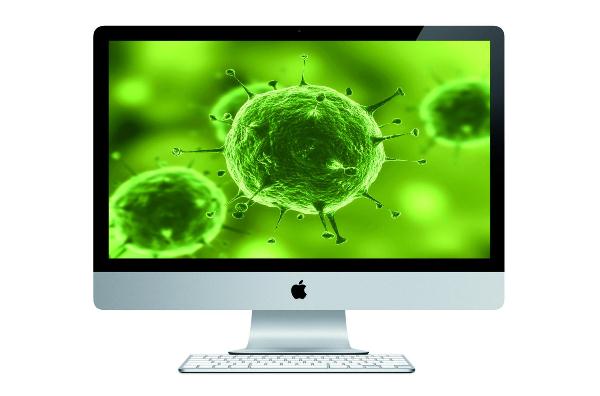The internet is full of all sorts of bugs, viruses, Trojans, malware campaigns, key loggers and whatnot all waiting to get their hands on your system. Every time you access the internet, be it from your phone or from your PC, the chances that you are involuntarily downloading one of these hazards are very high. Avoidance measures can be taken but let’s face it, at the rate that this malicious race of software is spreading, it can be quite difficult to handle things.
But that doesn’t mean that you should despair. Corrective measures for almost any ailment that you may have attained during your internet cruising experiences can be found. But before the medication can be administered there needs to be a diagnosis. And waiting around for your system to crash, for computer monitoring spyware to steal imp credentials, or for some other disaster to befall your system before you figure out what’s going on is never a good idea.
But checking your system for malware is not exactly rocket science and with a few key points, you can do some clean cut assessments on your own. Here are some things to be on the lookout for on your system:
1. If your browser settings have been changed or there are add-ons or something which you don’t recall adding, chances are your browser has been infected. Strange occurrences also happen on your toolbar, links, as well as favorites. Other changes to tip you off are that you have a new homepage, perhaps new mouse or your search engine has changed. Now these haven’t been done by you nor by anyone else who may have your access to your system. Want to guess the reason behind it?
2. Another major reason to doubt the purity of your system is if web addresses take detours and you end up in strange sites. If you enter a specific website, and the browser is directing you elsewhere then you can be certain that somewhere in your system, something is amiss. Further, if you start seeing internet related popups without being internet connected, then surely some unwanted program is installed in your PC.
3. Your computer begins to slow down and becomes almost painful to use. After running all the necessary checks, still no hardware issue shows up then it may be due to some malware installed in the system. Most of the time malware is so efficient that ordinary antiviruses cannot detect it let alone resolve it. Reminder; slow system performance alone is not a sign of malware presence. So if your system slows, don’t expect to solve the problem by simply getting some anti-malware software. The problem may be more complex than that.
4. If applications and files are giving you trouble, then that’s a pretty good symptom of infection. If out of nowhere, applications from the Start Menu or Desktop cease to work then there may be malware disrupting them. Further, if files disappear or show up at locations other than the ones where they were saved, well it’s time to worry. This usually means that the malware is meant for data encryption or deletion—which implies a high level threat. In this case, get down to a full scale system diagnosis immediately.
5. There will be times when very advanced malware will infiltrate your system. This means that by looking for odd changes alone won’t do the diagnosis. For cases like these, it’s best to have at least one good malware detector/ security program in your computer on a constant basis. Even if the software is a basic version with fewer features, if it can manage to detect malware, for instance, computer monitoring software, then you can take steps to disinfect your system then only.





